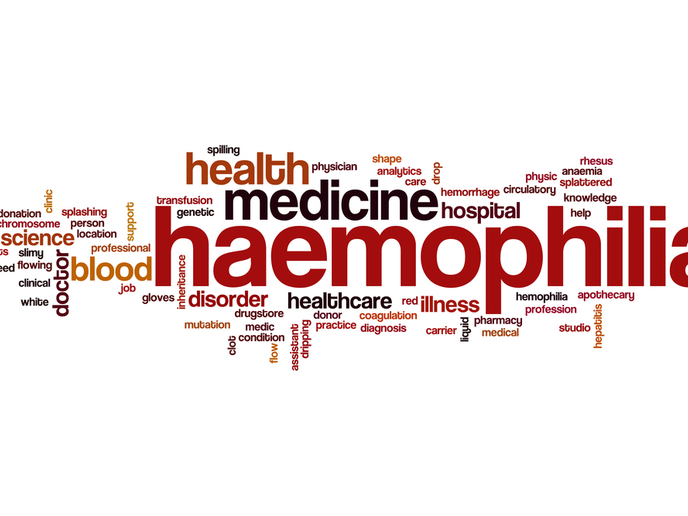Exploring the potential to help haemophilia A sufferers
Researchers supported by the EU-funded HemAcure project have developed a novel cell therapy for the treatment of severe haemophilia A, a rare bleeding disorder caused by insufficient levels of a blood protein called factor VIII (FVIII) in the blood stream. Their findings(opens in new window) were published in the journal ‘Molecular Therapy – Methods & Clinical Development’. Current treatments for haemophilia A are based on frequent FVIII infusions and are therefore not a definitive cure for the disease. However, scientists believe that the long-term expression of FVIII in endothelial cells through lentiviral vector (LV)-mediated gene transfer holds promise as a one-time treatment. In the last few decades, lentiviruses have been extensively used as gene delivery vectors. Through the use of LVs in gene therapy, genes can be inserted, modified or deleted in various mammalian cells.
Diabetes device for haemophilia A treatment
Additionally supported by the EU-funded VANGUARD project, the study sought to establish whether LV-corrected blood outgrowth endothelial cells (BOECs) implanted through a prevascularised device called a Cell Pouch™ would correct the bleeding phenotype of haemophilia A mice. The Cell Pouch™ system had been previously developed by HemAcure project partner Sernova for diabetes treatment. The researchers found that Cell Pouch™-transplanted LV-corrected haemophilia A BOECs are capable of correcting the mouse bleeding phenotype, opening new avenues for treatment of the disease in humans. “This novel ex vivo gene therapy approach is the first demonstration showing the safety and feasibility of transplantation of lentiviral-corrected blood outgrowth endothelial cells (BOECs) within an implantable medical device using GMP-like procedures for the long-term treatment of hemophilia A,” noted the study’s lead author Dr Antonia Follenzi of the Università del Piemonte Orientale, Italy, in a news item(opens in new window) posted on ‘MarketScreener’. “If this therapy is successful in future clinical trials, it could become an important new therapeutic approach to improve the quality of life for people suffering with severe hemophilia A.” Sernova President and CEO Dr Philip Toleikis observed in the same news item: “This publication represents approximately four years of dedicated work by the HemAcure consortium, from conceptualizing this novel treatment approach, through to validating its potential as a safe and long-term treatment option for people with hemophilia A. The Sernova Cell Pouch™ provides the required environment for transplanted cells to survive and function in the body, as demonstrated by the production of FVIII to improve blood clotting as reported by Dr. Follenzi and colleagues.” The completed HemAcure (Application of combined gene and cell therapy within an implantable therapeutic device for the treatment of severe hemophilia A) project was coordinated by the University Hospital of Würzburg, Germany. The VANGUARD (New Generation Cell Therapy: Bioartificial Pancreas to Cure Type 1 Diabetes) project is coordinated by the University of Geneva, Switzerland. For more information, please see: HemAcure project(opens in new window) VANGUARD project website(opens in new window)



